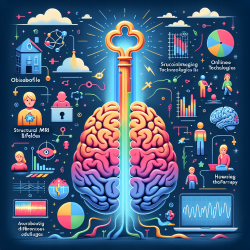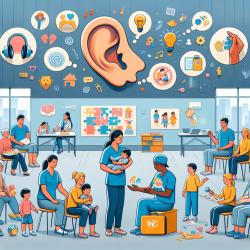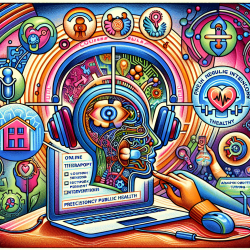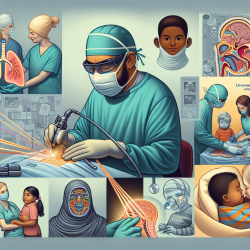Unlock the Secrets of Autism: Groundbreaking Research Reveals Brain-Based Sex Differences!
Recent research has shed light on a critical yet often overlooked aspect of autism spectrum disorder (ASD): brain-based sex differences. This groundbreaking study, titled "Brain-based sex differences in autism spectrum disorder across the lifespan: A systematic review of structural MRI, fMRI, and DTI findings," delves into how these differences manifest across various stages of life, offering invaluable insights for practitioners and researchers alike.
The Importance of Recognizing Sex Differences in ASD
Autism spectrum disorder is more commonly diagnosed in males than females, with a ratio of approximately 3:1. However, emerging evidence suggests that females with ASD exhibit distinct neurodevelopmental trajectories and brain differences. Recognizing these differences is crucial for accurate diagnosis, effective intervention, and personalized treatment plans.
Key Findings from the Study
The study systematically reviewed 50 articles utilizing structural MRI, functional MRI (fMRI), and diffusion tensor imaging (DTI) to identify sex differences in brain structure and function in individuals with ASD. Here are some of the key findings:
- Age-Dependent Differences: Neuroimaging-based sex differences in ASD are influenced by age, with distinct patterns emerging during childhood, adolescence, and adulthood.
- Regional Brain Differences: The study found sex-by-diagnosis effects in regions showing typical sexual dimorphism, such as the limbic system, default mode network, and cerebellum.
- Genetic and Endocrine Factors: The differences are discussed in the context of genetic and hormonal influences on brain development, highlighting the need for a lifespan approach in future research.
Implications for Practitioners
Understanding these sex differences can significantly enhance the effectiveness of therapeutic interventions. Practitioners can use this knowledge to:
- Tailor Interventions: Customize therapy plans based on the unique neurodevelopmental patterns of males and females with ASD.
- Improve Diagnosis: Enhance diagnostic accuracy by considering sex-specific brain differences and developmental trajectories.
- Encourage Further Research: Advocate for more large-scale, longitudinal studies that explore these differences across the lifespan.
Call to Action
As a practitioner, staying informed about the latest research and incorporating these findings into your practice can lead to better outcomes for children with ASD. We encourage you to delve deeper into this topic and consider how these insights can be applied in your work.
To read the original research paper, please follow this link: Brain-based sex differences in autism spectrum disorder across the lifespan: A systematic review of structural MRI, fMRI, and DTI findings.










